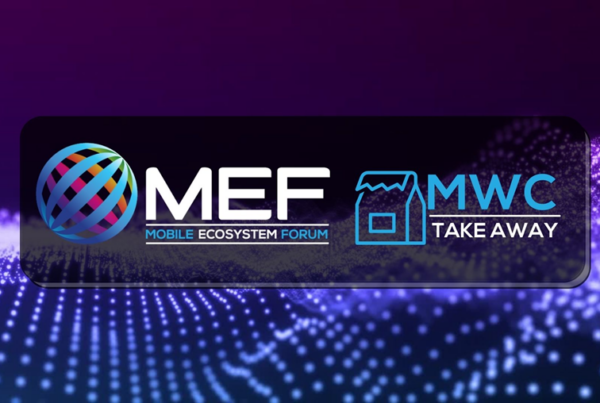It’s no surprise we’re addicted to mobile apps. Thousands of engineers use behavioural tricks to keep us hooked. Tim Green looks into the phenomenon – and the alternatives…
Last week I went out for the evening, and said goodbye to Mrs Green, who was in the middle of a mobile game called Ballz.
She’s an early riser, usually awake at 6.30am. That means she’s asleep by 10pm most evenings. But when I returned at midnight, she was wide awake exactly where I’d left her.
She looked up and said with a pained smile: “Help me.”
I couldn’t, of course. I’m no match for the addictive power of the mobile app. After all, they are not addictive by accident.

Indeed, as someone once said: “You could say that it’s our responsibility to exert self-control when it comes to digital usage. But that’s not acknowledging there are a thousand people on the other side of the screen whose job is to break down whatever responsibility we can maintain.”
That someone is Tristan Harris, a former product ‘philosopher’ at Google, who saw the light and now dedicates his time to agitating for an alternative.
In his spare time, Harris is an amateur magician. And during his adventures in Silicon Valley, he quickly recognised the misdirection, sleight of hand and forced choices being used in tech’s most addictive products.
As he says: “When we pull our phone out of our pocket, we’re playing a slot machine to see what notifications we got.”
Here’s an example of an addiction technique: intermittent variable rewards. Studies show that we will come back far more readily when we don’t know what we’re going to get.
A famous trial rewarded pigeons with food for pecking a button. When the reward wasn’t guaranteed, the pigeons pecked twice as much. They couldn’t resist it. This is the same impulse that keeps us checking our social media feeds.
In fact, not just us. It’s also pigeons.
A famous trial rewarded pigeons with food for pecking a button. When the reward wasn’t guaranteed, the pigeons pecked twice as much. They couldn’t resist it. This is the same impulse that keeps us checking our social media feeds.
Maybe it’s no accident they’re called feeds.
Delayed rewards work in a similar way. Apparently, the reason notification numbers don’t appear immediately in apps like Twitter is to simulate a slot machine-type experience. You press a button and wait a second or two before – da da! – you see your total and get your reward.
And what about streaks? The media is currently full of stories about teenagers becoming addicted to SnapChat’s SnapStreak feature. This displays a running total for the number of consecutive days you have messaged a friend.
Obviously, when that number is big – in the hundreds – you don’t want it to disappear. But if you have dozens of friends like this, it’s a full time job just maintaining streaks.
Hence headlines like this.
But, of course, the big picture is more nuanced. For example, I recently began learning Spanish using the Duolingo app. It uses streak psychology to keep you using it every day – and I’m very pleased it does.
Harris’s argument is that, as long at ’time spent on site’ is the defining goal of tech services, these techniques will endure. It’s the reason why Facebook Live videos used to require users to press play, but now play automatically.
However, he also acknowledges that Facebook, Twitter, YouTube et al are perfectly valuable and useful services too. They genuinely do connect and educate people.
So his remedy is a movement called ‘time well spent’.
He wants app makers to re-think products and how they serve users. Or at least provide alternatives to existing norms.
So, for example, sites could provide alternatives to the simple ‘like’ button. They could give users richer options. Thus, new stories could be ranked by greatest long-term credibility, rather than most clicks. He thinks there could be some kind of kite-mark to show which apps are built this way.
Harris also argues it’s down to the platform companies – not individual app makers – to create the conditions for this. He compares the app ecosystem to a city and says that, like a city, it needs diversity and controls.
“Apple, Google and Facebook are private companies who the urban planners of a billion people’s attentional landscape. We all live in this invisible city… We don’t have any representation, except if we don’t use the car or we don’t buy it.”
Lots of people are worried about digital addiction. It’s understandable. But it’s also hard to know whether this is just another moral panic. We had similar crises about comic books and TV and video games. They mostly went away.
Is this different?
I don’t know. But its good to see someone coming up with a reasoned alternative rather than just a rant or a call to ban things.
You can hear a long and very interesting conversation about this topic by following this link.
Irony alert, it’s on Facebook.
Want to be featured on the MEF Minute?
The MEF Minute is an award winning blog that provides a cross-ecosystem and international perspectives on all things mobile. With contributions from MEF’s members and other industry experts it is a dedicated global news resource and thought leadership platform.
We welcome contributions from members and non-members across a range of formats including opinion pieces, industry views, stats, videos and infographics. MEF Minute offers a 360 look at any given topic impacting the mobile ecosystem whether that be from a MNO, enterprise, developer or provider perspective.






